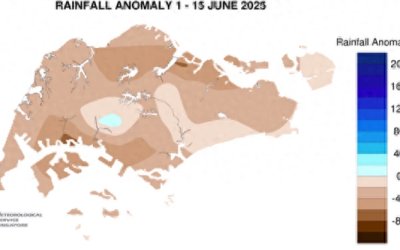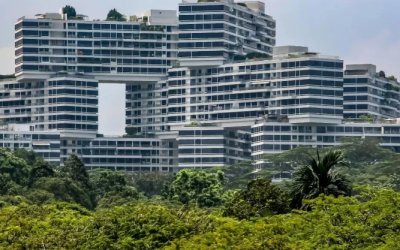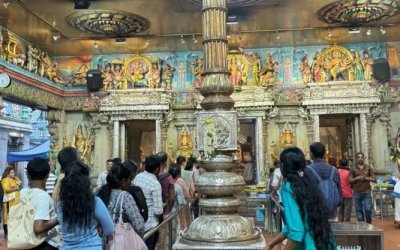Hawker centres may be described as Singapore’s “community dining rooms,” offering an array of stalls under a single communal space that often sees high human traffic. According to UNESCO, “hawker centres play a crucial role in enhancing community interactions and strengthening the social fabric.”
Underscoring the research was a new framework for urban social space characterisation, comprising of three dimensions, also known as “the three Cs” — coaction, copresence, and colocation.
Coaction refers to how the performance of activities and community practices may increase due to the presence of other people. Coupled with the anxiety of being judged by others, this feeling can actually help people gain awareness of what constitutes socially acceptable or unacceptable behaviour. As a result, this can lead to increased levels of effort and performance among a group of people, compared to their effort and performance levels when they are alone.
Meanwhile, copresence can be defined as a sociological concept that describes the conditions in which human individuals interact with one another. This considers the social and physical conditions that structure human interactions, and the experience gained through human interaction. As such, copresence promotes closeness and familiarity, as well as reciprocity, accessibility, and availability to each other, contributing to a sense of connectedness among people.
Finally, colocation conveys the idea of being located together, or “working together in one space”. This signifies a physical location that can enable rich communication, taking into account smart use of spatial design factors for influencing movement and social interactions.
In simpler terms, these factors combined help to define a space that truly belongs to society — a social space that can facilitate coping and provide support during trying times. Furthermore, it offers insights to how our spaces shape and are shaped by people’s lives. In future research, the “three Cs” framework has the potential to establish performance metrics for social spaces and serve as criteria for social space design.
Ultimately, hawker centres play a crucial role in social bonding and nation building in Singapore. The findings of the research revealed that, in the midst of the pandemic, a strong undercurrent of support emerged, with calls to frequent hawker stalls, participate in community projects, and volunteer. It was also observed that during the first year of the pandemic in Singapore, many social interactions tended to happen in hawker centres, including going to pick up food and “people watching”. Accordingly, hawker centres acted as a spatial catalyst for proactive and productive behaviours.
*文中部分图片来自网络,版权归原作者所有
**文中部分内容来自论文,版权归论文作者所有
对这篇论文感兴趣的同学,可使用詹姆斯库克大学线上图书馆“One Research”功能搜索论文标题进行免费查阅
“Radomskaya, V., & Bhati, A. (2022). Hawker Centres: A Social Space Approach to Promoting Community Wellbeing. Urban Planning, 7(4), 167-178. doi:https://doi.org/10.17645/up.v7i4.5658”
(文章原载于微信公众号詹姆斯库克大学北京代表处)























